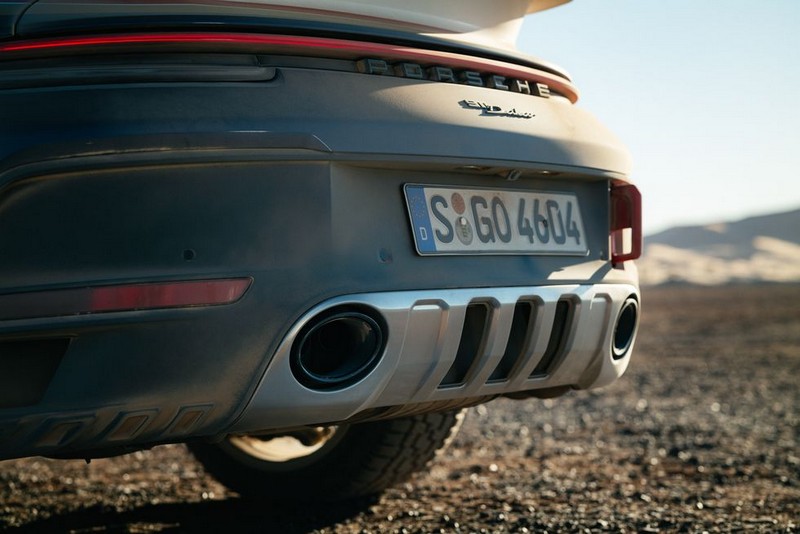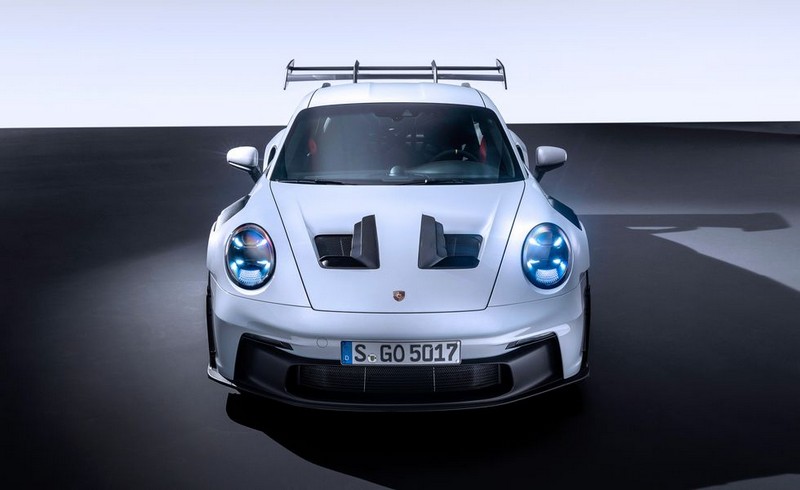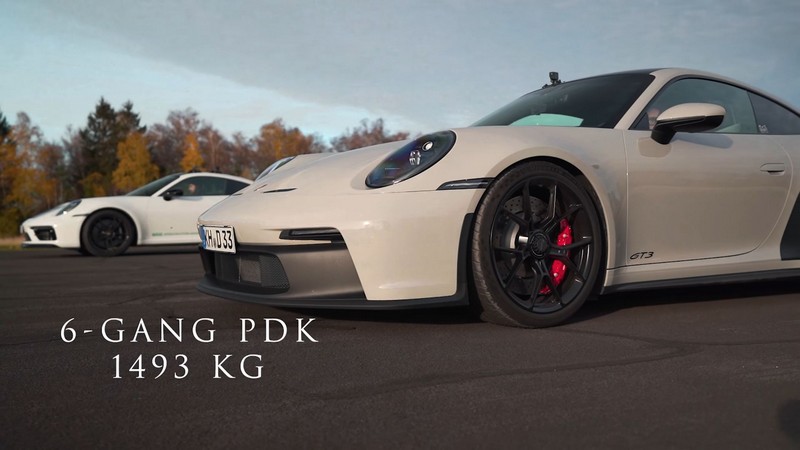The 2024 Porsche 911 Sports Classic is one of the year’s most anticipated cars. Porsche has always been synonymous with high-performance vehicles that embody the thrill of the open road. With this latest model, Porsche is reminding us of the joy and excitement that come with driving. The 911 Sport Classic celebrates the past with its classic design and retro-inspired features. The 2024 Porsche 911 Sport Classic is a true automotive engineering and design masterwork. It represents the zenith of Porsche’s legendary 911 lineup. Let us unveil every detail that makes the 2024 Porsche 911 Sport Classic one of a kind.
Exterior Design

The exterior design of the 2024 Porsche 911 Sport Classic is incredible. It has a classic look and is a legendary invention, which makes it one of a kind. One of the most notable features of the exterior is the iconic ducktail spoiler, which is a throwback to the original 911. The car also features a unique front spoiler and rear diffuser that improve the car’s aerodynamics. The Sport Classic also boasts a classic Carrera Sport design with a wide back end. This gives the car a muscular and aggressive look.
The car is available in a range of colors, including GT Silver Metallic, Guards Red, and Night Blue Metallic. The vehicle is also fitted with 20-inch wheels that are finished in high-gloss black. The car’s headlights are also worth mentioning since they are now LED and come with Porsche’s Dynamic Light System Plus (PDLS+). This system adjusts the lighting to suit the driving conditions, ensuring optimal visibility. This also helps to improve the overall design of the 2024 Porsche 911 Sport Classic.
Interior Design

The 2024 Porsche 911 Sport interior comes with its own thrilling experience. It features a classic design that is both refined and functional. The car’s dashboard is sleek and modern, featuring a high-resolution touchscreen display that controls the car’s infotainment system. The car’s seats are finished in high-quality leather and feature a classic houndstooth pattern. The steering wheel is also finished in leather and features a classic, comfortable, functional design.
The car also features a premium sound system to please even the most discerning audiophiles. The car’s climate control system is also worth mentioning. It offers dual-zone automatic climate control that ensures optimal comfort for the driver and passengers. The vehicle also features various safety features, including airbags, seat belts, and a rearview camera.
Engine and Performance
The 2024 Porsche 911 Sport Classic is powered by a 4.0-liter naturally aspirated flat-six engine. It, therefore, produces 502 horsepower and 346 lb-ft of torque. The car’s engine is paired with a seven-speed manual transmission that offers crisp and precise shifting. The vehicle can accelerate from 0-60 mph in just 3.5 seconds and has a top speed of 198 mph.
The suspension system in the 2024 Porsche 911 Sport Classic is designed to provide the ultimate driving experience. It is engineered to deliver a smooth and comfortable ride while delivering the precise handling that Porsche is known for. The system comprises various components, including struts, shocks, springs, and sway bars. They all work together to keep the car stable and responsive on the road. The suspension system is also designed to provide a more engaging and responsive ride, allowing the driver to feel more connected to the road. This is achieved through features such as the Porsche Torque Vectoring Plus (PTV Plus) system. This distributes torque to the rear wheels to maximize traction and stability.
2024 Porsche 911 Sport Classic Body Kit

The 2024 Porsche 911 Sport Classic comes with a range of body kit details that give it a solid impression in the crowd. The car features a unique front spoiler and rear diffuser that improve the car’s aerodynamics. The car is also fitted with a classic ducktail spoiler, a throwback to the original 911. The car’s wheels are also worth mentioning, as they are finished in a high-gloss black, giving the car a sporty and aggressive look.
The car’s body kit details include a unique Carrera Sport design with a wide rear end that gives the car a muscular and fierce look. The car is available in various colors, including GT Silver Metallic, Guards Red, and Night Blue Metallic.
Safety Features
The 2024 Porsche 911 Sport Classic prioritizes safety with its built-in features. Airbags and seat belts are included to ensure optimal protection for drivers and passengers. A rearview camera is also installed to provide a clear view of what’s behind the car. Additionally, the car is equipped with Porsche’s Stability Management (PSM) to maintain stability and control in adverse driving conditions.
Porsche’s Active Suspension Management (PASM) is also integrated to enhance the car’s performance. This adjusts the car’s suspension to suit the driving conditions, ensuring optimal performance at all times. The car’s brakes have also been upgraded with six-piston front and four-piston rear calipers, providing excellent stopping power.
Pricing

The 2024 Porsche 911 Sport Classic is set to hit the market with an expected price tag of around $200,000. This high-end sports car is expected to be a top choice for car enthusiasts who are looking for a powerful and stylish vehicle. However, the final cost may vary depending on the car’s specifications and options.
Porsche has a reputation for producing high-quality vehicles, and the 2024 Porsche 911 Sport Classic is no exception. This car is expected to be equipped with the latest technology and safety features, making it a top choice for those who value style and safety. While the price tag may be steep, the quality and performance of this vehicle are expected to be well worth the investment. Car enthusiasts and Porsche fans are eagerly awaiting this impressive vehicle’s release.
Pros and Cons
Pros:
- Stunning exterior design
- Classic interior design
- Powerful engine and excellent performance
- Upgraded suspension and brakes
- Range of safety features
Cons:
- High price tag
- Limited production
Conclusion
The 2024 Porsche 911 Sports Classic is an upgraded model that promises an exceptional driving experience. It symbolizes freedom for some drivers, as it represents the joy of hitting the open road. However, the high price tag and limited production may deter some enthusiasts from owning one. Overall, the 2024 Porsche 911 Sports Classic is a reminder that life is meant to be lived to the fullest. It embodies the joy and excitement of driving, making it a dream car for many.














































































































